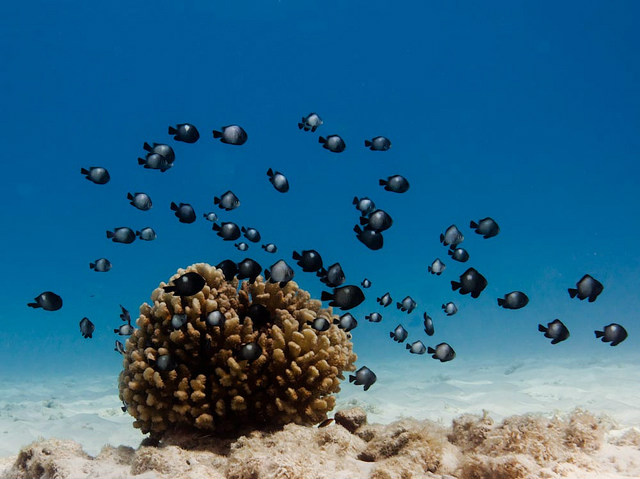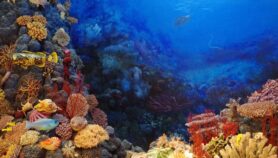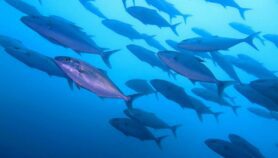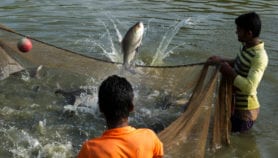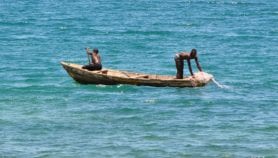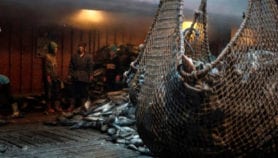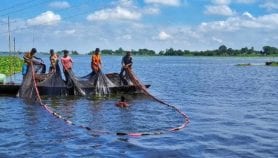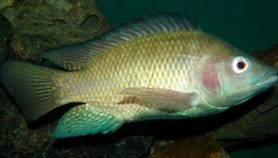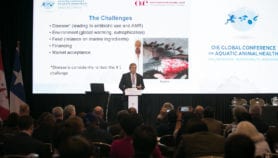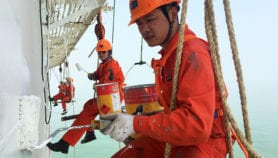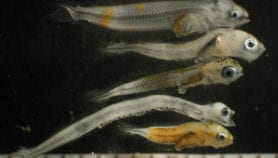By: Inga Vesper
Send to a friend
The details you provide on this page will not be used to send unsolicited email, and will not be sold to a 3rd party. See privacy policy.
The world’s largest ocean research and protection area, the Papahanaumokuakea Marine National Monument, was launched in Hawaii on 31 August amid criticisms of its impact on trade and fishing innovation.
The reserve comprises 1.5 million square miles of marine territory northwest of the Hawaii island chain, expanding an existing park area. It is co-managed by the state of Hawaii, the secretary of commerce and the secretary of the interior.
The area will be open for scientific projects to study climate change impacts on oceanic biodiversity, but will be strictly closed off to fishers.
“The health of our natural resources is crucial to the quality of our lives.”
David Ige, governor of Hawaii
David Ige, the governor of Hawaii, celebrated the launch on 1 September in Honolulu, at the opening ceremony of the IUCN (International Union for Conservation of Nature and Natural Resources) World Conservation Congress. He said the science undertaken in the reserve, in collaboration with island nations from around the world, will be crucial in protecting the livelihoods of small island states.
“The health of our natural resources is crucial to the quality of our lives,” he told a packed audience of 8,000 scientists, industry representatives and politicians. “Islanders know the limit of the natural environment, so they make the best stewards of such an important reserve.”
Papahanaumokuakea, which is twice the size of the US state of Texas, complements Hawaii’s plan to manage 30 per cent of its sea area sustainably by 2030.
However, the effort was criticised by some island nation representatives for not being ambitious enough to permanently protect the wildlife of the sea.
Palau, for example, has placed 80 per cent of its economic zone under marine protection as part of this initiative, strictly forbidding any fish catch from this area. Tommy Remengesau, the president of Palau, said the reserve was a good effort, but that the US could have done more considering its size and wealth.
“Good start, Obama,” he said, referring to the opening of the reserve by US president Barack Obama, in a speech following the announcement. “But when you have protected 80 per cent of your trade zone, then you can formally join the big league.”
The fencing off of marine areas for protection and research purposes emerged as a controversial issue on the conference’s first day. Palau is spearheading a more ambitious motion to the IUCN, the intergovernmental body that organised the summit — asking governments to protect 40 per cent of marine territory worldwide.But fishers are opposed to these conservation efforts saying that marine-protected areas make the environmental impact of fishing worse by stifling local innovations in sustainable fishing.
In the lead-up to Papahanaumokuakea’s launch, representatives from Hawaii’s fishing industry said that local fishers were making huge strides in developing sustainable fishing technologies, using hooks and lines instead of nets, which produce wasteful bycatch. Their exclusion from the reserve will slow down such innovations whilst forcing Hawaii to import more fish from abroad, they argued.


